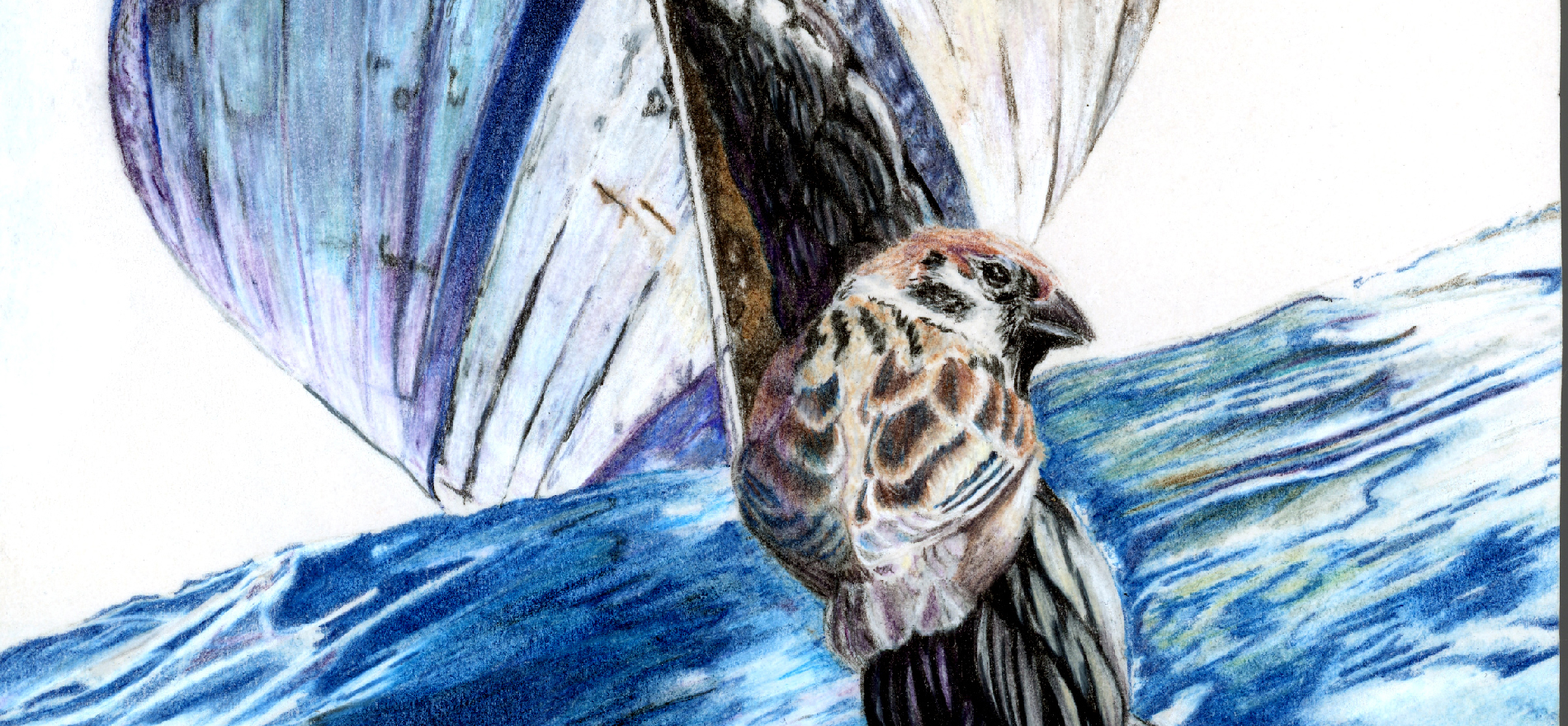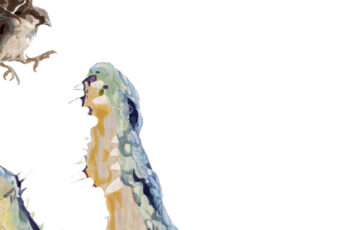The title of this piece, “Between the Devil and the Deep Blue Sea” is an idiom. Tenth grade English class may have explained that an idiom is a group of words established by usage as having a meaning not deducible from those of the individual words.
I know that the general meaning of the phrase is similar to “Between a rock and a hard place” – which shouldn’t be confused with “Between The Rock and John Cena.” LOL That is to say, having to make a hard choice between two equally unpleasant results.
When I was a kid, I could only envision what the words actually represented to my imagination – going to the Devil and losing your immortal soul or jumping in the ocean and drowning. Neither sounded fun to me and I couldn’t fathom how someone would get in that situation!
Devil to Pay
As per usual, I took a moment to research the actual meaning. It turns out nobody can pinpoint the beginnings of the saying. Their best guess (really, it makes the most sense) is related to maintaining ships.
Old wooden ships have a curvature to their sides. Due to this, as the planks curved around the side of the hull, a gap formed between the planking.
This gap or seam was packed with oakum (a fiber coated in tar) and then covered in molten pitch to seal the gap and keep the water out.
The longest seam on the deck, most difficult to access and the one most needing urgent repair is the seam between the deck and the side of the ship closest to the waterline. It was a difficult job – sailors were lowered over the side of the ship to maintain the seam and because of this difficulty, the seam was named “The Devil.”
My understanding is when a sailor was repairing this plank: hanging from a rope over the side of the ship they were quite literally between the Devil and the deep blue sea.
As a side note, the French word ‘paix’ which means ‘pitch’ – and that’s where the term “Devil to pay” comes from.
Put to Song
I think the original meaning of “Between the Devil and the deep blue sea”is extremely interesting however, the idiom is as well. The idea that you can only choose between two equally horrible scenarios….the idea is evocative and can be used in a variety of situations. As a case in point, a love song of the same title was written by Harold Arlen in the early 30’s.
Since that time, it has been performed by Cab Calloway, Benny Goodman, Count Basie, Ella Fitzgerald, Louis Armstrong, Bing Crosby, Diane Krall, (and many more) but most recently, George Harrison in 2002:
No place to go but up
The little bird on the rope may be looking over his shoulder with some trepidation, but he need not worry: he has wings!
I like to think that no matter the circumstance, we all have choices. Sure, some you may not want to take and some may be unpleasant but you choose your path.
Two pains: the pain of change or the pain of regret
In the end…. We only regret the chances we didn’t take, the relationships we were afraid to have and the decisions we waited too long to make.






